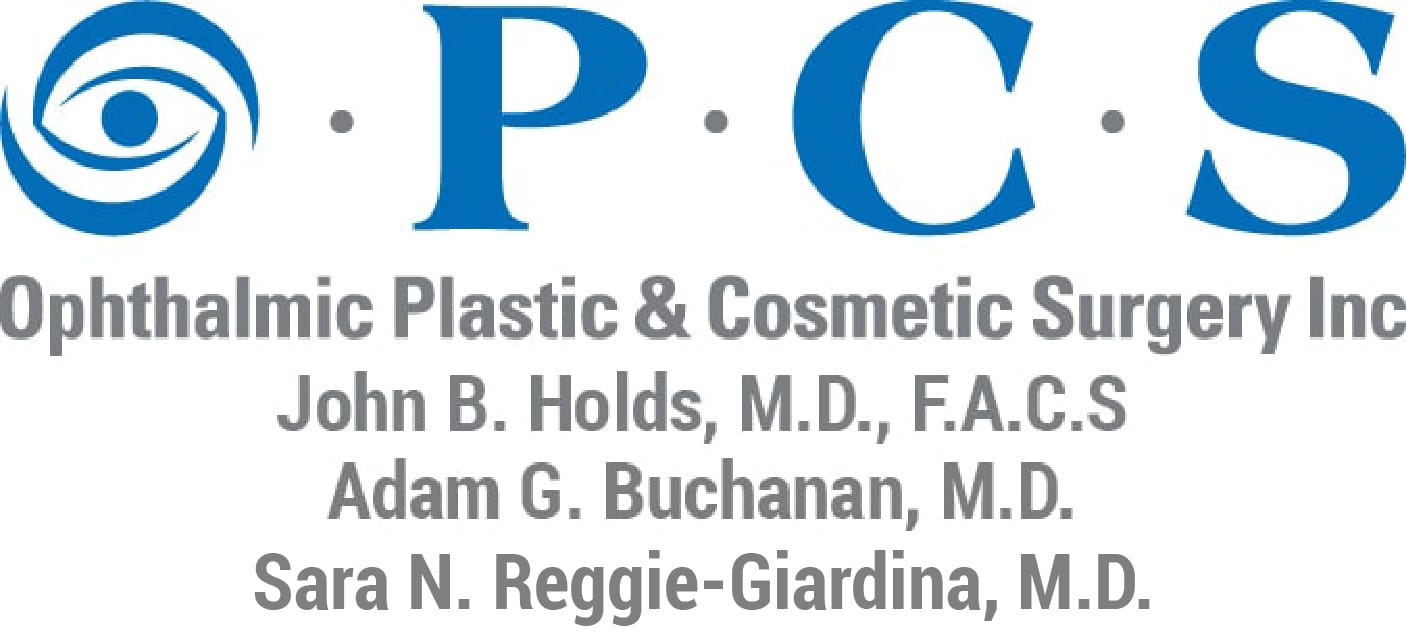Thyroid Eye Disease Affects the Face as a Whole
- Posted on: Jan 30 2020
 Thyroid Eye Disease is also known as Graves disease. This condition affects the eyes in a particular way that causes them to bulge. This is a known symptom of Graves, but there’s more that we don’t often discuss. Here, we point out how the brows, cheeks, and lower face all transform as Graves disease progresses.
Thyroid Eye Disease is also known as Graves disease. This condition affects the eyes in a particular way that causes them to bulge. This is a known symptom of Graves, but there’s more that we don’t often discuss. Here, we point out how the brows, cheeks, and lower face all transform as Graves disease progresses.
The Brows
In some cases of Graves disease, we see fat accumulate beneath the eyebrows. Excess fat in this area can create fullness that looks unnatural as if the eyebrows project forward a little too much. Fat removal is not typically possible in the brow area at this time. However, dermal fillers can be used to sculpt tissue in a way that disguises brow fullness and facial asymmetry.
The Undereye Area
It is the undereye area that is most noticeably transformed by Graves disease. This is because fat pads under the eyes appear to protrude outward as the eyeballs do the same. The problem originates in the immune system and its attack on the tissues and muscles in the orbital socket. When bulging under the eyes is mild, the problem may be disguised with dermal fillers. More severe bulging requires orbital decompression surgery. This procedure creates space for the eyeballs to sit back further in the socket. Whether injectable treatment or surgery is selected, care must be provided by a specialist with particular familiarity with the nuances of Graves disease.
The Lower Face
In some instances of Graves disease, patients experience the accumulation of fatty tissue in the lower face, as well. This makes the lower cheeks and jawline appear too wide for the face as a whole. To reduce width in this area, some patients have their buccal fat pads removed with surgery. Another option is to sculpt the lower face using dermal fillers.
Schedule Your Consultation
Graves disease is a complicated condition that takes ongoing research and attention to address successfully. The first step of recognizing how the face can change in response to the dysfunctional thyroid. The next step is to choose treatments that help you feel like yourself again. As much as possible, nonsurgical approaches are recommended. Learn more about the details of Graves disease and how we can meet the facial changes that occur. Call 314-567-3567 to schedule a consultation in our St. Louis or St. Peters office.
Posted in: Thyroid Eye Disease

